With regards to art and any cultural artifact, it is often not the form that is potentially problematic and suspect but the theoretical framework from which it is encoded at its infancy. Form flows seamlessly in the plenitude of things and objects and worlds. But framework is constantly riddled by the insularity of its codes, the limits of its theoretical horizons and conceptual range and ignorance. Consider that we live now, no longer in a mere "international" contemporary that is buttressed and buffered by transactions between discreet communities and nations, no not anymore.
We situate ourselves more or less, in a projected hyperspace of the "global", where connections and the means of connections are in place, and the metropolises being the nodes of these various nexus. We actually speak less now of geopolitical states in cultural dialogue (except the politicians and consulates); it is not just France, but Paris or Sete etc., not merely the US but in NYC, or LA, or San Francisco, nor just Thailand but Bangkok, not Korea but Seoul, nor just Indonesia but Jakarta, or not The Philippines instead we speak of Manila, or Cebu. The metropolis represents our point of departure to the global community that increasingly making its way through elsewhere. I predict that in the coming decades, once the metropolis has expanded its role from node to central gateway, those beyond the city shall become the next frontier. So that its no longer Tokyo, but also Ibaraki or Kanagawa; not just New York but also Brooklyn, or Manhattan; not just Bangkok, also Chiang Mai...more and more into non-urban sites, then finally into the realms of the sub-communities.
---
These thoughts came to me while looking at the diverse sets of objects in the exhibit "Connecting Communities: The World in Brooklyn" at the Main hall of the Brooklyn Museum yesterday. By putting together different objects from different cultures and periods under the themes of person, community and things, this exhibit made me rethink the network of the global and contemporary as the result of exposure, or presentation as interface. Consider that communities in the 20th century industrial pre-linked world were discrete lives lived in pockets of diaspora, ghetto and migrant neighborhoods, set beside established communities of colonial or native population. In the time of the internet and social media, all of these pockets become linked by virtual cities by means of a flat interface and a search engine. The dominant social theme is one of home and comparison, at least for the beginning. Then as these communities influence the infrastructure of the cities (app-directed transits, courier by web etc, cyberlinked libraries) we shall learn to speak of sub-communes, or trans-national affiliations: a post-international world. I found the exhibit prescient of this projection of a future, by being a showcase of accumulated objects from across many lanes of nostalgia and history.
---
Yet again, at the center of all these objects the concept of sculptural form is no longer urgent. Sculpture is but one of the many categories of objects, this one created under the auspices of Art. Sculpture intends to be of a higher construct, seemingly unconstrained by external forces of market and value, created for the pure sense of aesthetic judgment. But is it? These times call for a sense of reevaluation of claims.
---
In effect, the one cultural artifact that seems to stand with curious interest is the "story". In a global world punctuated by shades of differences, origins, allegiances (soon to be blurred in distant future of homogeneity) what matters is the story behind author, creation, artifact, structure, community, nation. Cultural communication is simply the exchange of stories. For what purpose? For many purposes, above all things is to provide information and persuasion of tolerance.
---
The exhibit, Connecting Communities, is a very good example of how stories however different can be grouped in many ways around a theme or place. Nicolas Bouriaud and Roger McDonald both thought of curatorial work as the DJaying of art, and that the exhibition can be seen as a Playlist or Album. This approach is a curator's way of dominating the traffic of art by discursive conglomerations and by subjugating the authorship of the artist. I think rather that the contemporary is best served, like in the case of the Brooklyn exhibit, as an anthology of stories, where curatorial direction is that of an editor, or more likely, an archivist.
---
There will be a time when the art world will be served more by archivists that curators.
---
Thus I conclude:
(1)The difference between object-based work and concept-driven production in art is the urgency of speed and delivery. It takes time and dedication to a stable concept that makes labor on making objects slower, than the sense of urgency that is needed to identify, collect and compact the idea into a form in a haste that mirrors the speed of conceptual manifestation.
(2) The object and the concept are BOTH iterations of storytelling. What is to be considered here is who do we think we are telling the stories to and how can it be repackaged for such audiences (translation, adaptation, even censorship).
(3) Contemporary is construed as a null-field where there lies the space for contending with projection (interpretations and digestions of past, like nostalgia) and trajectory (the direction towards the fulfillment of our visions, passions, appetites and debts).
(4) The global is hyperspace.
We situate ourselves more or less, in a projected hyperspace of the "global", where connections and the means of connections are in place, and the metropolises being the nodes of these various nexus. We actually speak less now of geopolitical states in cultural dialogue (except the politicians and consulates); it is not just France, but Paris or Sete etc., not merely the US but in NYC, or LA, or San Francisco, nor just Thailand but Bangkok, not Korea but Seoul, nor just Indonesia but Jakarta, or not The Philippines instead we speak of Manila, or Cebu. The metropolis represents our point of departure to the global community that increasingly making its way through elsewhere. I predict that in the coming decades, once the metropolis has expanded its role from node to central gateway, those beyond the city shall become the next frontier. So that its no longer Tokyo, but also Ibaraki or Kanagawa; not just New York but also Brooklyn, or Manhattan; not just Bangkok, also Chiang Mai...more and more into non-urban sites, then finally into the realms of the sub-communities.
---
These thoughts came to me while looking at the diverse sets of objects in the exhibit "Connecting Communities: The World in Brooklyn" at the Main hall of the Brooklyn Museum yesterday. By putting together different objects from different cultures and periods under the themes of person, community and things, this exhibit made me rethink the network of the global and contemporary as the result of exposure, or presentation as interface. Consider that communities in the 20th century industrial pre-linked world were discrete lives lived in pockets of diaspora, ghetto and migrant neighborhoods, set beside established communities of colonial or native population. In the time of the internet and social media, all of these pockets become linked by virtual cities by means of a flat interface and a search engine. The dominant social theme is one of home and comparison, at least for the beginning. Then as these communities influence the infrastructure of the cities (app-directed transits, courier by web etc, cyberlinked libraries) we shall learn to speak of sub-communes, or trans-national affiliations: a post-international world. I found the exhibit prescient of this projection of a future, by being a showcase of accumulated objects from across many lanes of nostalgia and history.
---
Yet again, at the center of all these objects the concept of sculptural form is no longer urgent. Sculpture is but one of the many categories of objects, this one created under the auspices of Art. Sculpture intends to be of a higher construct, seemingly unconstrained by external forces of market and value, created for the pure sense of aesthetic judgment. But is it? These times call for a sense of reevaluation of claims.
---
In effect, the one cultural artifact that seems to stand with curious interest is the "story". In a global world punctuated by shades of differences, origins, allegiances (soon to be blurred in distant future of homogeneity) what matters is the story behind author, creation, artifact, structure, community, nation. Cultural communication is simply the exchange of stories. For what purpose? For many purposes, above all things is to provide information and persuasion of tolerance.
---
The exhibit, Connecting Communities, is a very good example of how stories however different can be grouped in many ways around a theme or place. Nicolas Bouriaud and Roger McDonald both thought of curatorial work as the DJaying of art, and that the exhibition can be seen as a Playlist or Album. This approach is a curator's way of dominating the traffic of art by discursive conglomerations and by subjugating the authorship of the artist. I think rather that the contemporary is best served, like in the case of the Brooklyn exhibit, as an anthology of stories, where curatorial direction is that of an editor, or more likely, an archivist.
---
There will be a time when the art world will be served more by archivists that curators.
---
Thus I conclude:
(1)The difference between object-based work and concept-driven production in art is the urgency of speed and delivery. It takes time and dedication to a stable concept that makes labor on making objects slower, than the sense of urgency that is needed to identify, collect and compact the idea into a form in a haste that mirrors the speed of conceptual manifestation.
(2) The object and the concept are BOTH iterations of storytelling. What is to be considered here is who do we think we are telling the stories to and how can it be repackaged for such audiences (translation, adaptation, even censorship).
(3) Contemporary is construed as a null-field where there lies the space for contending with projection (interpretations and digestions of past, like nostalgia) and trajectory (the direction towards the fulfillment of our visions, passions, appetites and debts).
(4) The global is hyperspace.
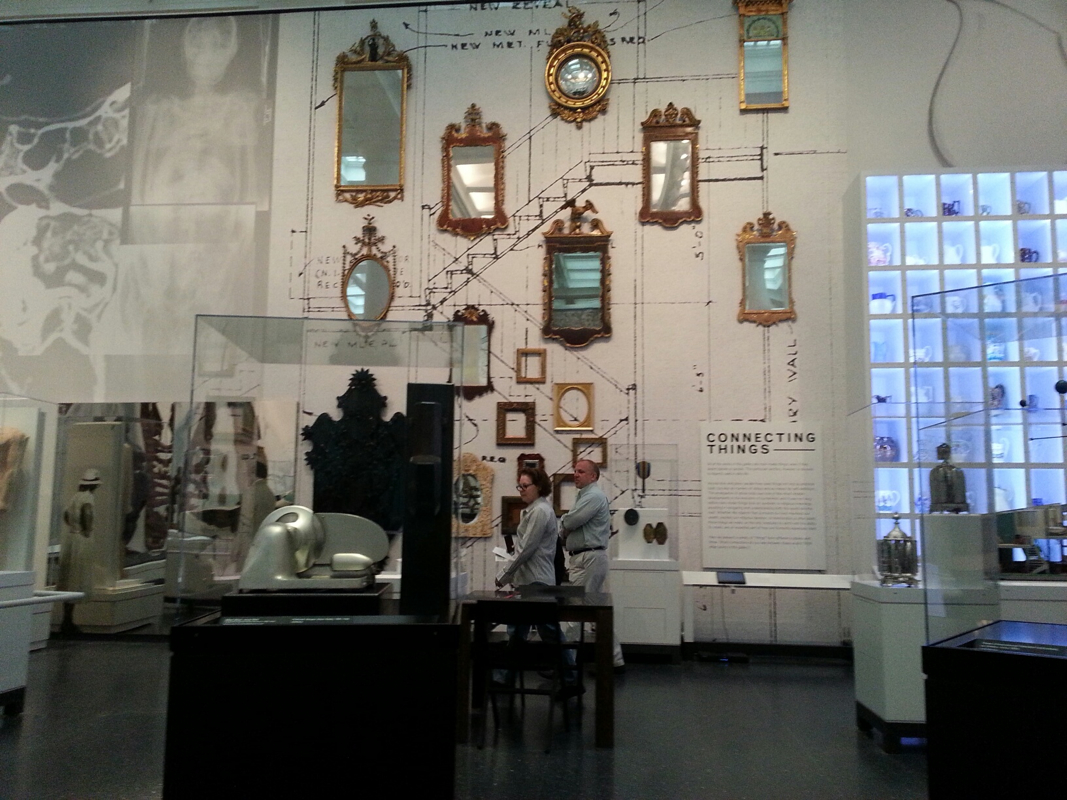
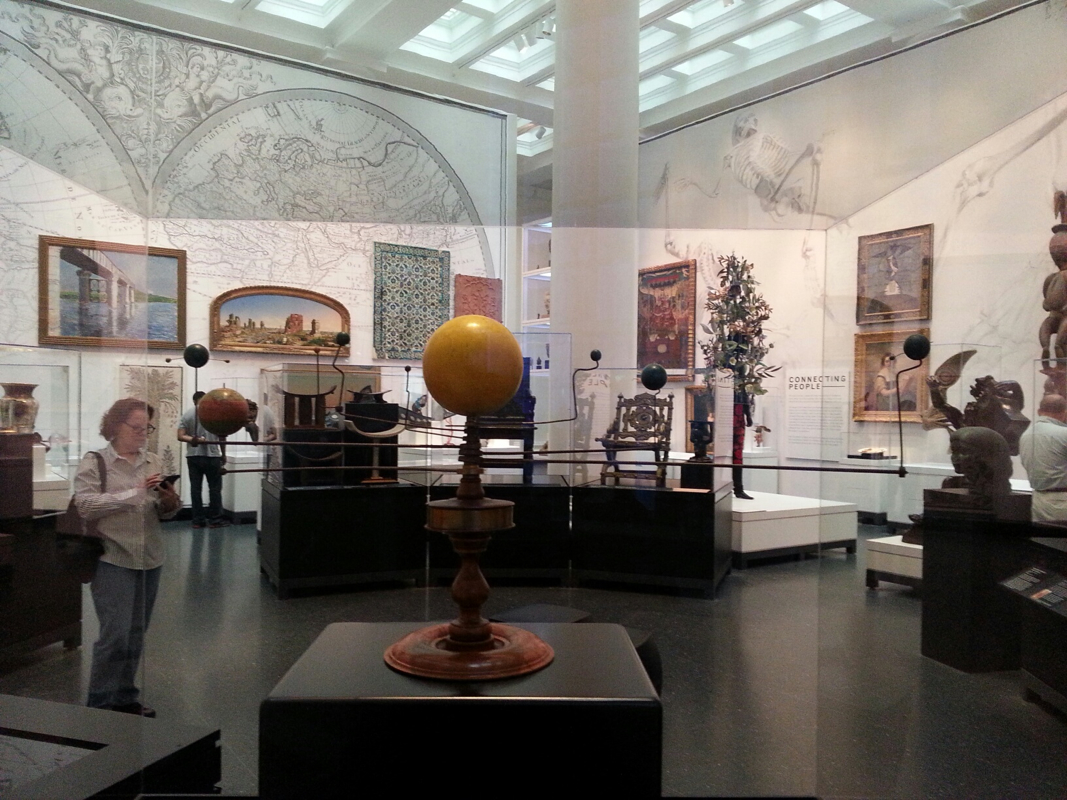
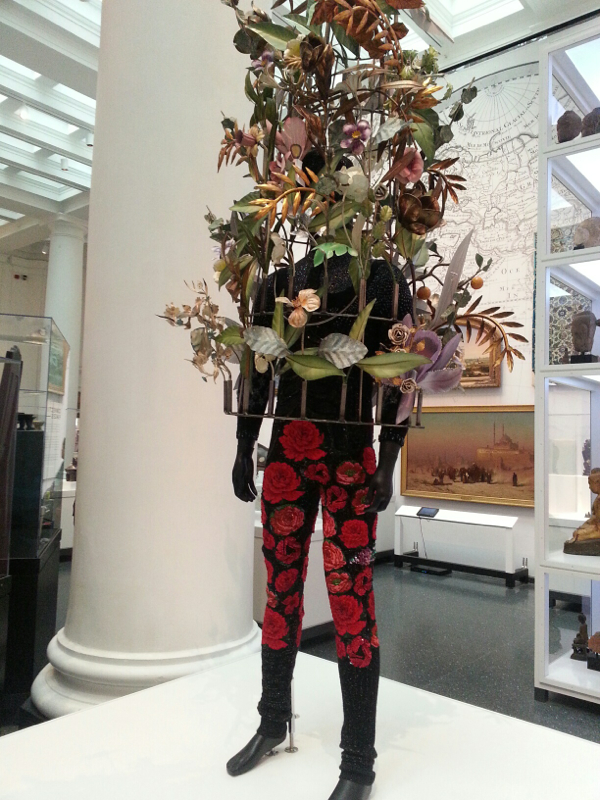
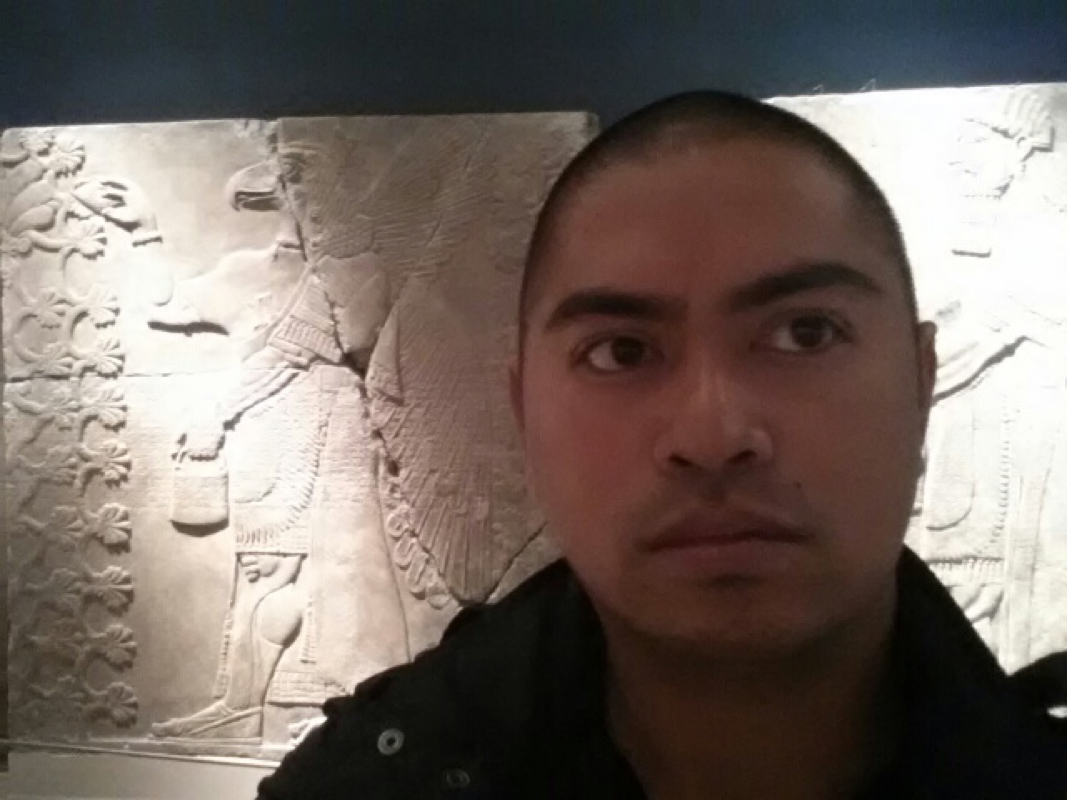
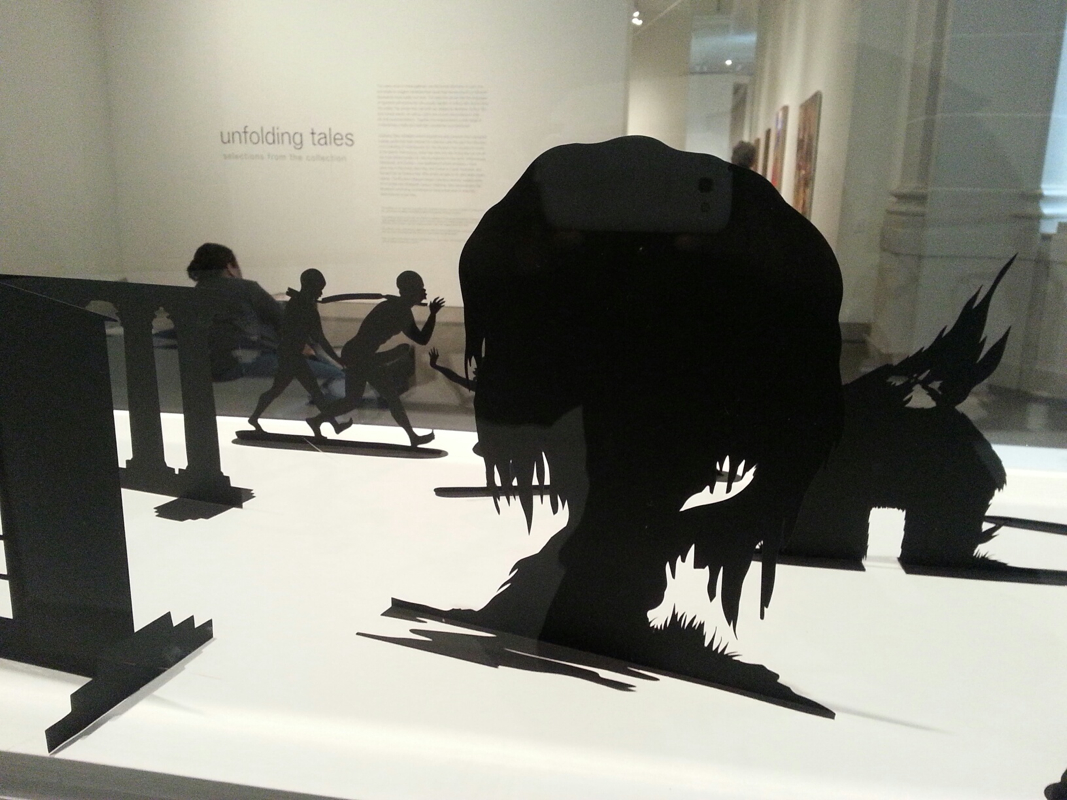
 RSS Feed
RSS Feed